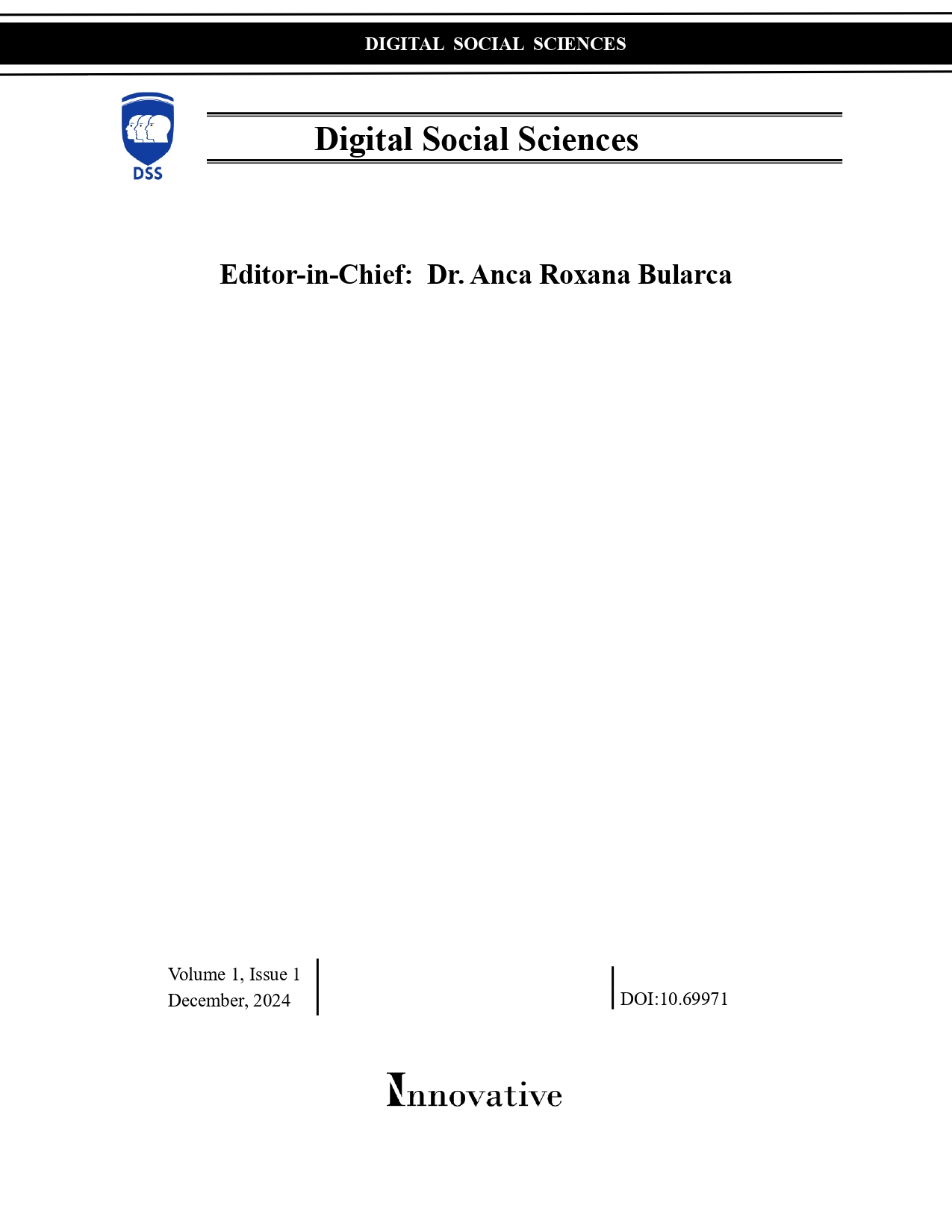Cut a Tree, Cut a Man: Charcoal Production as a Bane to Green Economy in Nigeria
DOI:
https://doi.org/10.69971/m67wga12Keywords:
charcoal, envirosophy, green economy, environmental pollution, sawdust briquettesAbstract
Symbiotically speaking, cutting a tree is akin to cutting a man or any of its counterparts in the animal kingdom. Besides solar energy, heat energy's role in humans’ daily life calls for its taming, artificial ignition, and fuelling of same for its reuse as and when due. Hence, humans’ ability to ignite and fuel fire marked a significant achievement in human evolution. Meanwhile, wood was the most traditional source of fuel in human history, which is, mainly, of two forms: firewood and charcoal. Dried wood was the common source of fuel for domestic cooking and commercial use both in the rural and urban areas in the primitive era. Although, firewood has relatively little burden on nature, charcoal, which has more adverse effects on the environment, is now taking over. Sadly, the discovery of better alternative sources such as LPG and electricity could not bring about a remarkable shift in many developing nations, including Nigeria, despite their efficiency. Taking expository and critical analysis methodologies, this paper argues that wood-fuelling hinders the achievement of the green economy in Africa, and it persists for many reasons; poor state of electricity, unavailability and/or unaffordability of the LPG, poverty, poor environmental awareness, unsophisticated and poor enforcement of environmental laws and lack of compensation for the conservators among others. In addition to the ever-suggested solutions, this paper recommends a ‘carrot and cane' system. By this, the offenders should not only be accordingly penalised but also the conservers be compensated duly. It also recommends the use of briquettes as viable alternatives.
Downloads
References
Adeegbe, Adetunji. E. 2015. Socio-economic and environmental effects of deforestation in Ìbàràpá Area of Oyo State, Nigeria. Master Thesis, Institute of African Studies, Peace and Conflict Studies, University of Ibadan, Nigeria.
Barbier, Edward. 2010. A global green new deal: rethinking the economic recovery. Cambridge University Press, New York: US.
Bentham, Jeremy. 1780. Value of a lot of pleasure or pain, how to be measured. In: An introduction to the principles of morals and legislation. T. Payne and Sons, London: UK.
Bewaji, John Ayotunde (Tunde) Ishola. 2013. Epistemicide, epistemic deficit, sterile leadership and a vicious cycle of African underdevelopment.” In: Holistic approach to human existence and development. Eds. Olu-Owolabi, Kolawole Aderemi and Ekanola Adebola Babatunde. Hope Pub-lications, Ibadan: Nigeria.
Bhaktivedanta Swami Prabhupāda, Abhaya Caraṇāravinda.1991. The laws of nature: an infallible justice. The Bhaktivedanta Book Trust, Mumbai: India.
Clark J. D, Harris J. W. K. 1985. Fire and its Roles in Early Hominids Lifeways. African Archeological Review 3:3-27.
Darwin, Charles. 1871. The Descent of Man. John Murray, London: UK.
Dinsley, J. 2005. Charcoal Remedies.com: The Complete Handbook of Medicinal Charcoal and its Applications. Gatekeepers Books: US.
Etieyibo, Edwin. 2017. Ubuntu and the Environment. In: The Handbook of African Philosophy. Eds. Adeshina Afolayan, Toyin Falola. Palgrave Macmillan, New York: USA.
Fagunwa, Daniel O. 1938. Ògbójú Ọdẹ Nínú Igbó Irúnmọlẹ̀ (The Forest of Thousands of Demons). Translated by Wole Soyinka. https://digitalcommons.unomaha.edu/foreignlangfacpub/3/
Federal Environmental Protection Agency (FEPA). 1999. Ecolex: The Gateway to Environmental Laws. Abuja, Africa. Available online: https://www.ecolex.org/details/legislation/federal-environmental-protection-agency-act-lex-faoc018376/ (accessed on 4 October 2024).
Gowlett, J. A. J. 2016. The discovery of fire by humans: a long and convoluted process. Philosophical Transactions of the Royal Society Biological Sciences 371. http://dx.doi.org/10.1098/rstb.2005.0164
Holy Bible. Hosea. 4:6-7.
Mahowald, Mary Briody. 1994. Philosophy of woman: an anthology of classic to current concept. 3rd Ed. Hackett Publishing Company, USA.
Malthus, Thomas Robert. 1803. An essay on the principle of population. J. M. Dent, London: UK.
Moran, Laurence A, Horton Robert H, Scrimgeour Gray K, Perry Marc, Rawin David. 2012. Principle of Biochemistry. 5th ed. Pearson Education Limited, Boston: USA.
Nyamnjoh, Francis B. 2015. Incompleteness: frontier Africa and the currency of conviviality. Journal of Asian and African Studies 52: 253-270.
10.1177/0021909615580867
Olaniyan, Adeola Saleem. 2021. Algazel’s Sufism as a critique of Islamic environmentalism. University of Ibadan, Nigeria.
Olaniyan, Adeola Saleem. 2023. Environmentaliness is Godliness: a critique of an anthropocentric reading of the Bible. Bangladesh Journal of Bioethics 14: 39-47. http://doi.ord/10.3329/bjbio.v14i2.59
Olaniyan, Adeola Saleem and Shamima, Laser P. 2022. Theocentrism is not anthropocentric: an enlightened environmentalist reading of the Holy Qur'an. Bangladesh Journal of Bioethics 13: 70-79. http://bjbio.bioethics.org.bd/index.php/BJBio/
Onekon, Walter Angwere, Koech, Oscar Kipchirchir. 2016. Assessing the effect of charcoal production and use on the transition to a green economy in Kenya. Tropical and Subtropical Agroecosystems 19:327-335. http://dx.doi.org/10.56369/tsaes.2243
Pearce, David William, Markandya Anil, Barbier Edward. 1989. Blueprint for a green economy. Earthscan, London: UK.
Rotowa, Odunayo James, Egbewole Zaccheaus Tunde, Adeagbo, Ayobami Akorede, Blessing Oluwasessin Moyinolwa. 2019. Effect of Indis-criminate Charcoal Production on Nigeria Forest Estate. International Journal of Environmental Protection and Policy 7: 137-138.
Tutuola, Amos. 1952. The Palmwine drinkard. Faber and Faber, London: UK.
UNEP. 2008. What is the “Green Economy? Available online: http://www.unep.org/greeneconomy/aboutGEI/WhatisGEI/tabid/2978/Default.aspx (accessed on 4 October 2024)
UNEP. 2013. Green economy scoping study: South African green economy modelling report (SAGEM). Available online: https://2021.page-annual-report.org/static/1d5c4bead8f694321040f1da5a3dfeaf/green-economy-modelling-report-of-south-africa.pdf (ac-cessed on 4 October 2024).
UNEP. 2015. Growing a green economy in Africa: why forests matter. Available online: http://www.indiaenvironmentportal.org.in/file/Growing_a_green_economy_in_Africa_why_forests_matter.pdf (accessed on 4 October 2024).
Vernadsky, Vladimir, I. 1938. The Transition from the Biosphere to the Noösphere. Translated by Jones, William. 21st Century. Springer, New York: US.
White, Lynn. 1967. The Historical root of our ecological crises. Science 155: 1203-1207. https://doi.org/10.1126/science.155.3767.1203
Woodbridge, M. 2015. From MDGs to SDGs: What are the Sustainable Development Goals? In ICLEI Briefing Sheet - Urban Issues, No. 01. Available online: https://www.local2030.org/library/view/251 (accessed on 4 October 2024).
Downloads
Published
Issue
Section
License
Copyright (c) 2024 Authors

This work is licensed under a Creative Commons Attribution 4.0 International License.


